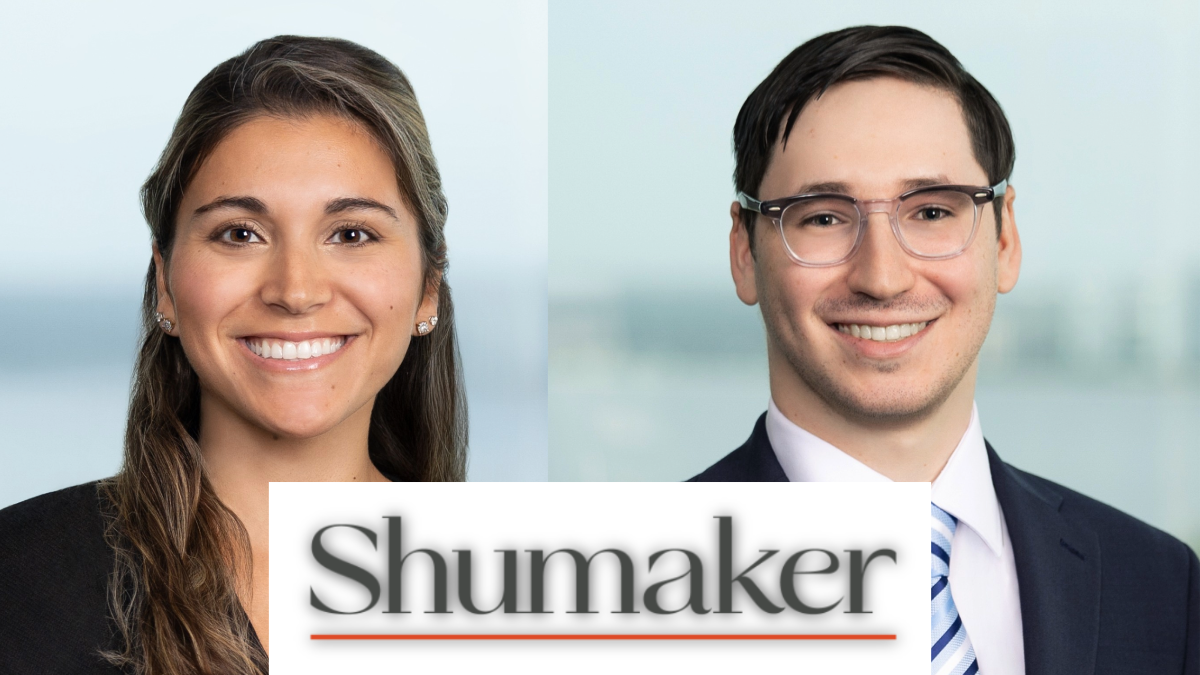By Brian Leidel, CPA, CFP, PFS, shareholder with Kerkering, Barberio & Co.
On the surface, establishing and operating a law firm seems like any other business: hang a shingle, perform services for clients, bill and collect, pay staff and overhead, and share profits among the owners.
However, many important accounting and tax issues need to be considered, including entity structure, compensation of owners, retirement plans, and owner buy-ins and buy-outs. For that, a law firm needs to have its own team of advisors, including a CPA, financial planner, and corporate attorney.
Entity Structure
Many law firms establish themselves as a partnership: a general partnership, a limited liability partnership, or a professional limited liability company. Others may organize as a professional association, treated as a corporation, electing to be taxed as a small business corporation (S-corp).
While a partnership and S-corporation share the similarity of having “flow-through” taxation, they differ immensely in many areas.
With flow-through taxation, owners pay income tax on their share of the firm profits. In a partnership, the owners’ share of profits is determined by the partnership agreement, but in an S-corporation, profits are allocated on a pro-rata basis, in accordance with stock ownership.
In a partnership, an owner will pay employment taxes, as well as income tax, on their share of firm profits. In an S-corp, the owners will pay income taxes on their share of profits, but not employment taxes.
In one structuring technique, a firm will organize with multiple tiers to utilize the tax advantages of both the partnership and corporate forms, but it is important to consult with a knowledgeable CPA and a corporate attorney to understand and select the structure best suited for your circumstances.
Compensation
One of the most complex accounting aspects of a law firm is its compensation structure. In a solo practice, it is relatively simple but when a firm has multiple owners, profit allocation is more complex. Profits can be allocated according to the ownership percentage, client billing, billable hours, staff utilization and other criteria. Ideally, a CPA will work closely with the firm to develop a model that incorporates all these metrics to arrive at a plan that fairly compensates the firm’s owners.
Once the plan is agreed upon, compensation is paid as a mix of wages, distributions and fringe benefits, determining the appropriate amounts for each category to comply with IRS regulations while maximizing after-tax compensation.
Retirement Plans
A properly structured retirement plan is another component of the compensation package. With the substantial earnings that law firms can achieve, there are opportunities to put a significant amount into tax-deductible and tax-deferred retirement plans for owners and employees. Early on, a firm may choose a SEP or SIMPLE IRA plan for simplicity and ease of administration; however, these plans have relatively low contribution limits and very limited flexibility. The next step could be to adopt a 401(k) plan, along with a cash balance or defined benefit plan. Plans of this type allow the owners of the firm contributions well over the limits of a SEP or a Simple IRA. By properly selecting and customizing an appropriate retirement plan, owners can maximize their benefits.
Owner Admission, Retirement or Buy-Out
The admission, removal, or retirement of an owner can have a long-lasting impact, beyond the time that owner is working for the firm. Some business relationships do not work out, and the firm’s operational documents should include provisions that control how these situations are handled, though even the best-written agreements will often leave some room for interpretation. For example, the valuation of the interest in question may reference book value or fair market value and may define what those terms mean. Payments to a retiring owner can be structured as a lump sum payment or multiyear payments, and each option would have significantly different tax results. Selecting the right option and calculating the stated numbers will require working with a CPA and other professionals.
Law Firms are Different
While the operation of a law firm may seem simple, there are several areas related to accounting and taxes to consider during the setup and continued operations of the firm. That is why it is important for law firm owners to assemble a team of trusted advisors to help guide their decisions.
Brian Leidel, CPA, CFP, PFS, is a shareholder with Kerkering, Barberio & Co. Brian has over twenty years of experience in public accounting, working with professionals and business owners on tax compliance and planning, and integrating retirement, estate and financial planning techniques. Kerkering Barberio. is a full-service CPA firm, started in 1972, wih offices in Tampa, Sarasota and Lakewood Ranch, the largest locally owned accounting firm in the Southwest Florida region.













